Virtual reality gaming becoming more accessible with affordable VR gadgets and availability of concrete VR support VR games doesn’t have to meet specification mark like PC games, however, one has to get his/her hands on the VR devices to consume the content. One of the most challenging part of consuming VR content is the motion sickness that a consumer faces.
With the integration of virtual reality into the more commercial mainstream, issues have begun to arise in relation to VR sickness in head-mounted gaming devices. Animationxpress spoke with the team of Switzerland based AR and VR gaming studio Holonautic including founder and CEO Roger Küng, founder and COO Dennys Kuhnert and sound engineer Phil Kung about their upcoming VR action combat game Holoception. The team has also enlightened us how they have solved the challenge of the motion sickness which usually becomes a hindrance for players in consuming VR content.
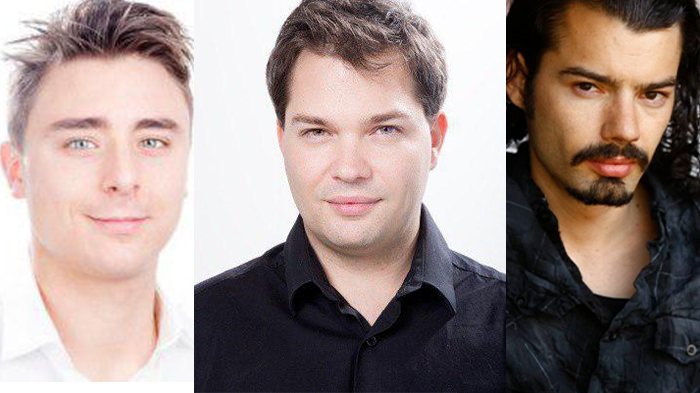
The studio started in summer 2018 with the creation of their project Spark. It was founded by two graduates from the Swiss Federal Institute of Technology (EPFL), who were both passionate about the latest immersive technologies. “After experiencing state-of-the-art virtual reality for the first time, it became difficult to focus on anything other than the possibilities this new medium provided. Since childhood, we have been passionate about video games, and discovered a unique opportunity to fulfil our lifelong dream of combining our creativity with cutting edge technology, to bring something beautiful into the world,” they expressed.
They believe that the future of VR and AR presents many challenges which are yet to be solved. They were convinced that “the best XR (cross-reality) experiences can only be crafted by perfectly combining hard sciences (cognitive neuroscience, biomechanics, computer sciences and engineering) with an imaginative and powerful art style to submerge the mind completely into an imaginary world” said they.
According to them the name Holonautic comes from the combination of the prefix holo- derived from ancient Greek ὅλος (hólos) meaning whole and the suffix -naut derived from ναύτης (naútēs) meaning sailor. Here is the excerpt which reveals more about the VR game and its aspects:
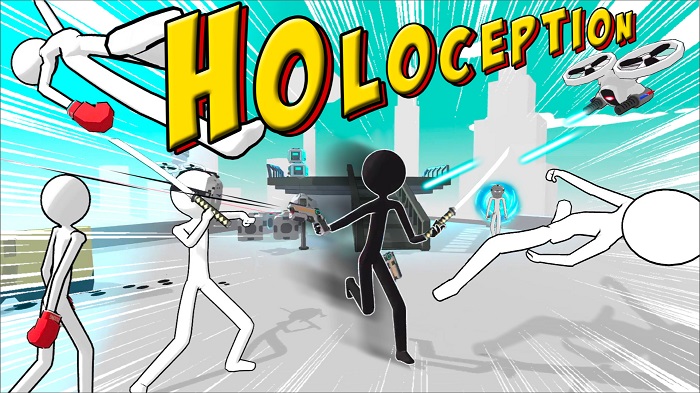
What kind of game Holoception is?
Phil: Holoception is a cartoonish, physics-based action combat game where you control a stick figure that mirrors your head, hand and finger movements. With a new way to control a 3rd person game, it is finally possible to run and jump around in VR without getting motion sick. On top of that, you always have a good overview of what’s going on. It’s like 1st person control in 3rd person perspective. We call it the first 2nd person VR game. It’s like an out of body experience. In most 3rd person VR games you have a feeling of remotely controlling a character in front of you. But here, after a short amount of time you start to fuse and become one with the hero.
Can you share a brief about the gameplay?
Phil: You fight against waves of enemies, collect credits to buy and upgrade your weapons and your hero. The longer you stay on a level, the more cash you can gain. Every now and then a portal appears that allows you to teleport home. Be careful, if you are too greedy, miss the portal and die, you will lose most of the cash you collected. Aside from the combat, there is the sandbox level! Here you can go crazy with liquids, swim in a colourful ball pit or go on an obstacle course and try to beat your fastest run (coming soon).
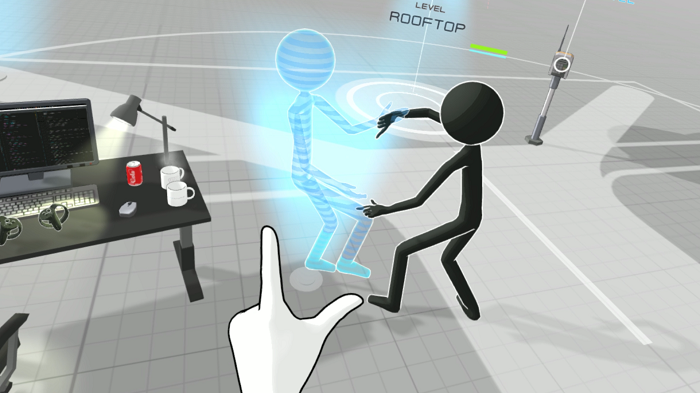
In what platforms it will be available to play?
Phil: Holoception comes out in Early access this July for Oculus and SteamVR with Index support. Later this year it is the plan to launch it also to the Oculus Quest and we hope we will get accepted.
What are the tools your studio uses in the design and development of games?
Dennys: As a game engine, we use unity3D and our artists work with the major 3D modeling Software on the market (Maya, Substance, and Blender).
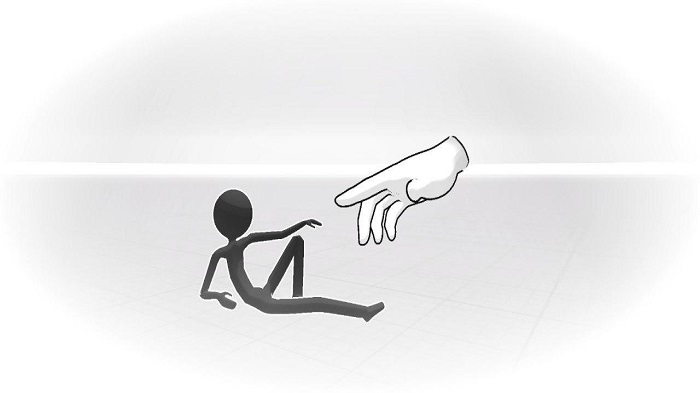
What is the studio’s workflow?
Rodger: Everyone works relatively independent. We give our employees a task to do while they have a lot of freedom on how they realise it. Then we all look at it, test it, give feedback and iterate until it fits. We rather have people to come up with their own ideas so they feel more invested instead of giving them tight guidelines on how things should be.
What has inspired you to initiate the gaming studio?
Dennys: One year ago we visited a VR arcade and it was mind-blowing. We knew this is the future of entertainment and we want to be part of it.
Why there is a huge rush of combat games in the Industry?
Roger: Doing something in a video game that you can’t in real life is extremely satisfying. You can let off steam and feel like a badass without dealing with legal consequences. Eliminating an enemy is a clear goal and has been introduced since the beginning of the video game area with Space Invaders.
What are the challenges have you faced/facing to reach out to global audience?
Phil: As a new, unknown game studio getting the attention of the press or influencers is incredibly hard. With posting on different social media platforms we managed to get a community that follows us on our discord channel and Reddit.
Dennys: The hardest part is to get your first product out there which people recognise. Once you are a known studio it’s much simpler to reach out to the media. Also, a lot of indie games have a nice looking trailer but due to financial problems, the game never gets published. As a studio, you first need to convince the media that you are capable of delivering.
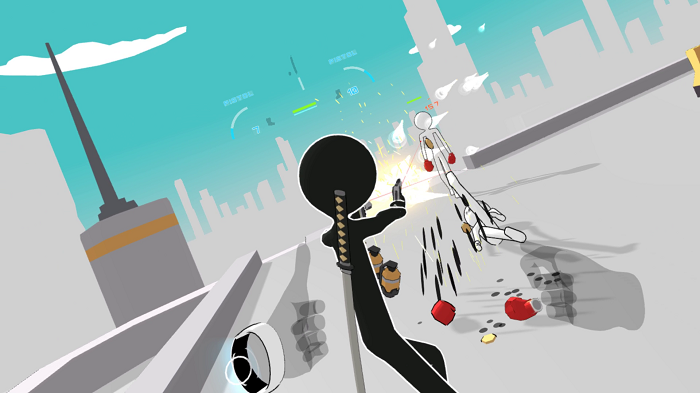 How long has it been since you started working on the game, design wise?
How long has it been since you started working on the game, design wise?
Roger: Dennys Kuhnert started working on this project since November 2018. In March 2019 we were able to showcase our games to a larger audience. There the potential of Holoception became clear. People who were new to VR had a lot of fun without getting motion sick and VR experts loved it and wanted to buy it on the spot. So we added more and more resources and since May the whole company joined to bring it out in July.
How has been the response so far from steam? when are you planning to launch the game?
Dennys: As soon as we put up the trailer of our game, Valve sent us the Index controllers. We now have more than 1200 on our wish list and the game will be launched this July.
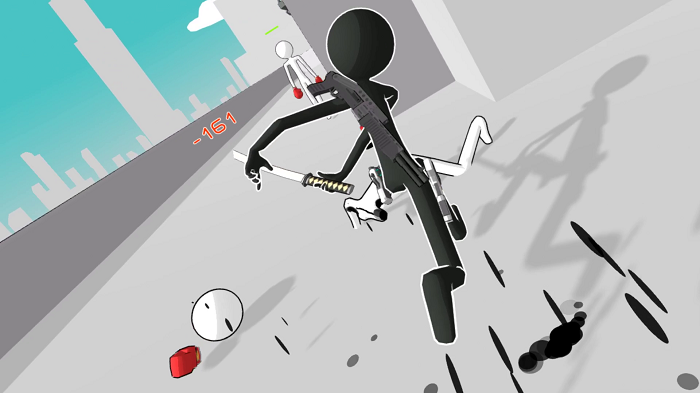
What are the design precautions you have taken to help players to not facing motion sickness while playing the VR game?
Roger and Dennys: We studied multiple research papers on the subject of how to reduce motion sickness. We tried to combine multiple strategies to reduce motion sickness without the player actually noticing it. A lot of testing, experimenting and adjusting values later that it feels natural. Having no acceleration and that fact that you are six to eight times bigger than your character so you move six to eight times slower helps reduce the motion sickness but still be able to play a fast-paced game. Plus the fact that you always focus on the character in front of you reproduces in some way the cockpit effect (which has already been proven to reduce motion sickness in VR in general). We have an approach that you can customise the level of how much motion sickness protection you want in the game. So far, 99 per cent of the people who played the game didn’t get motion sick.
According to you how long a player should play VR games? Why?
Roger: Holoception was designed primarily that you can play it any way you please. To go in for one or two runs can only last for 5 to 10 minutes. But at the same time, you can have hour-long play sessions if you want. When you create a VR game, have the possibilities for short as well as longer play. Since you are very physically active in VR, avoid moments where you have to listen to a dialogue and wait because it gets tiring really fast.
Phil: In general, it depends on so many different factors like your experience in VR, age and fitness level just to name a few that in our opinion, it is impossible to just give a number that applies to everybody. You should listen to your body and not overdo it.
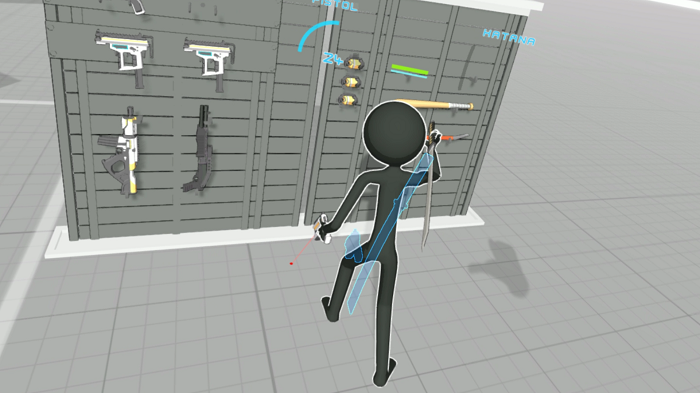
According to you is industry ready for playing mainstream gaming on VR devices? Reasons.
Dennys: What we could see from people playing the first time in VR it’s definitely something that has mainstream appeal. The main issue until now was the high initial cost and complexity VR introduced. With the launch of all-in-one mobile devices like the Quest the entry barrier has been lowered significantly. We believe from 2019 on and further down the road that VR becomes way more mainstream.
According to you what should be the right age to play video games and VR video games? Why?
Roger: We don’t see the need for an age restriction. Compared to any other gaming platform, VR has the player way more physically engaged. As shown by the VR health Institute it can have a positive effect on you. Never use restriction because it leads to so many other problems. You should let people decide for themselves and let parents decide what is appropriate for their children. You can learn a lot from playing games, solving riddles, increase your ability to concentrate and improve your imagination of the third dimension. The main problem children who want to play VR are facing is because of head size. Most of VR Headsets can’t be adjusted to small heads.
What is your goal for 2019?
Dennys: The main goal for 2019 was to have one game released which people enjoy as much as they enjoyed our videos. Once we release it in early access that we continuously support it also with additional content after early access and hopefully generate enough revenue to continue what we love to do. Hopefully, we get accepted by the end of the year for the Oculus Quest.
What audience can expect from it?
Phil: In early access, we will have 2 levels plus a sandbox experience. But there is so much more to come in the next weeks and months that we will add to the game because we have just too many ideas.
With the game whom are you planning to target?
Phil: Everybody who either wants to feel like an action hero in a movie or who likes to go into a sandbox level and just play around with all kinds of different crazy stuff.
What is your inspiration mantra for the budding game developers?
Roger and Dennys: At Holonautic, everybody can come up with an idea for a game, then build a prototype and show it to the rest of the team to get feedback. No one needs to abandon a project unless the creator him or herself decides it’s not worthwhile. That is exactly how Holoception was created. Of course, if we are close to a deadline, everybody needs to work at the same project for a limited time so we can reach our goal in time.
Design is the key for any content and gaming is no exception. We are sure with better design and precaution one can create a better VR gaming content like Holonautic.
